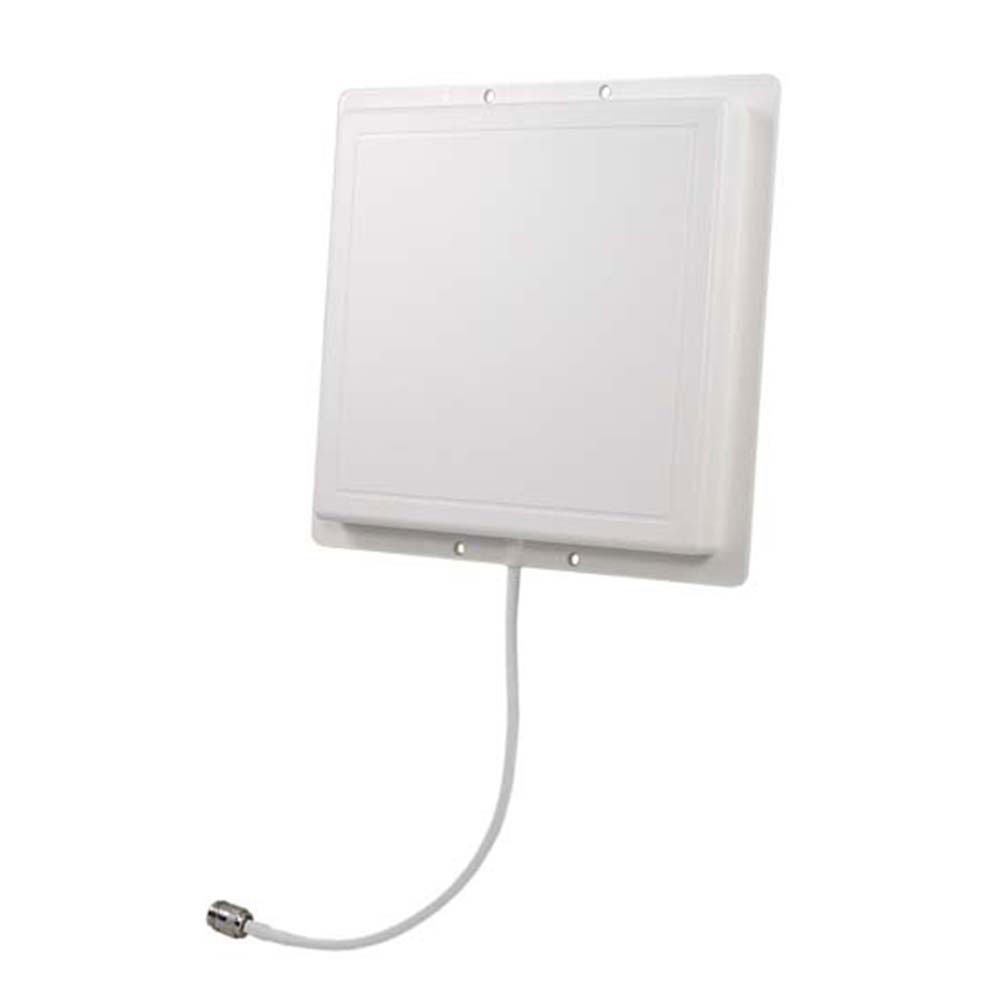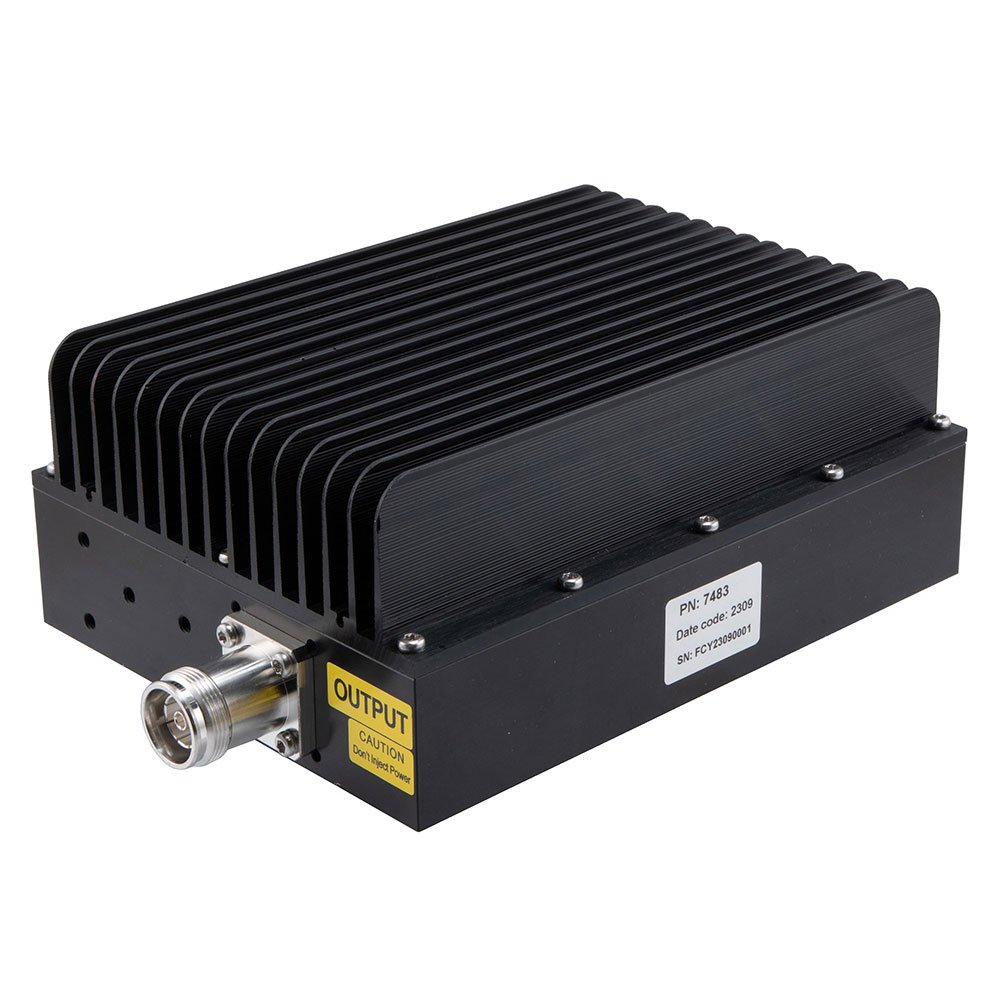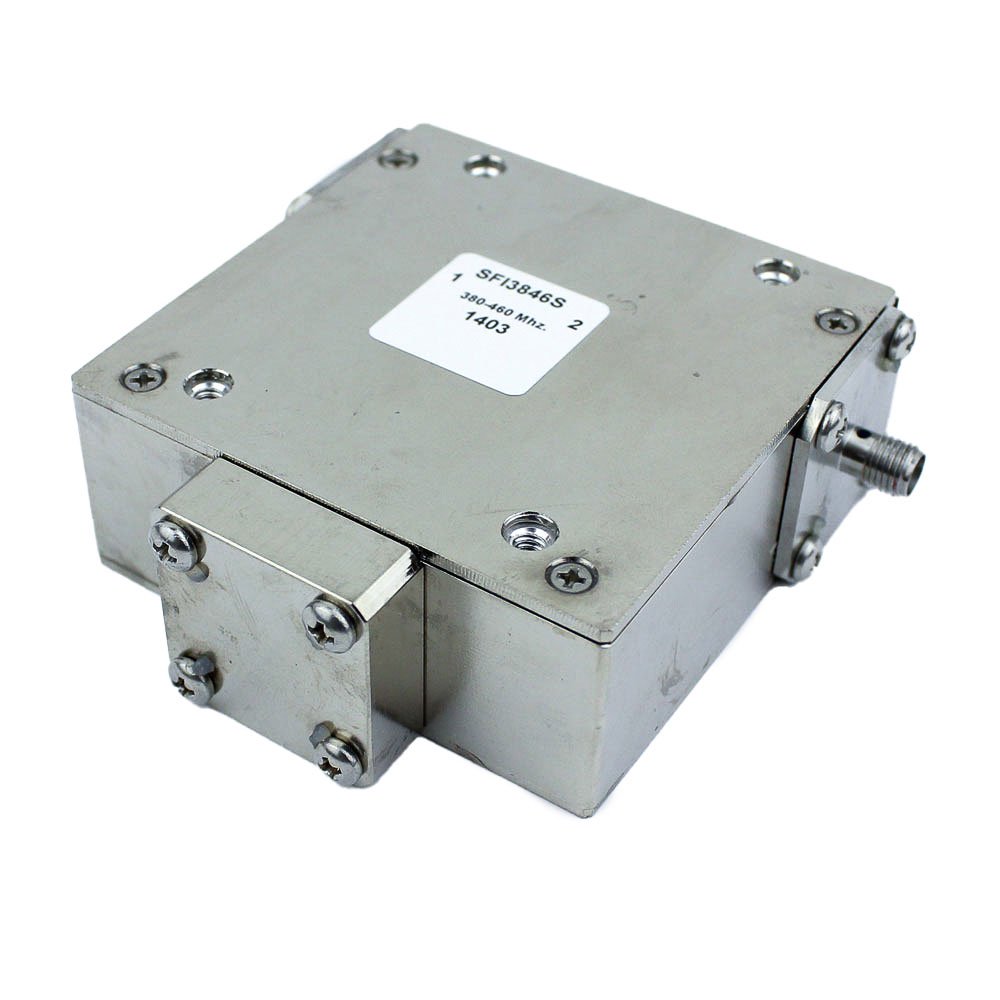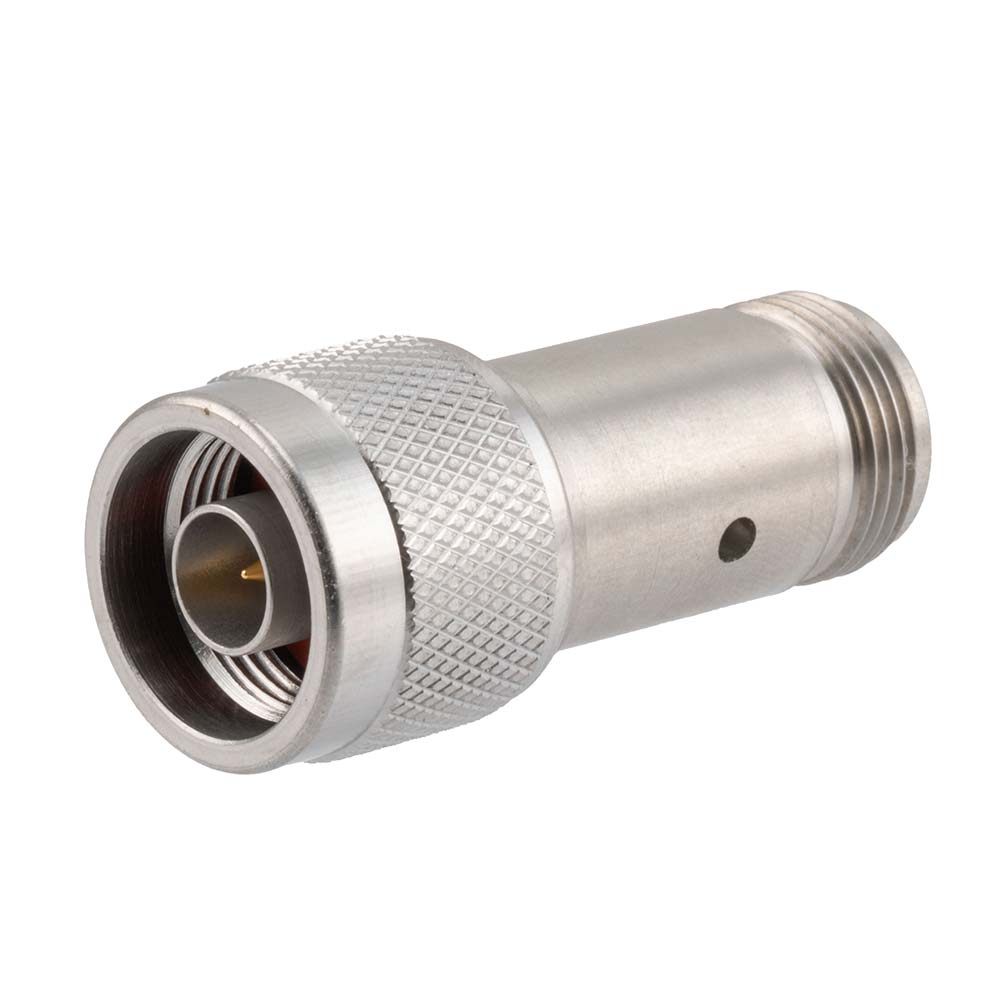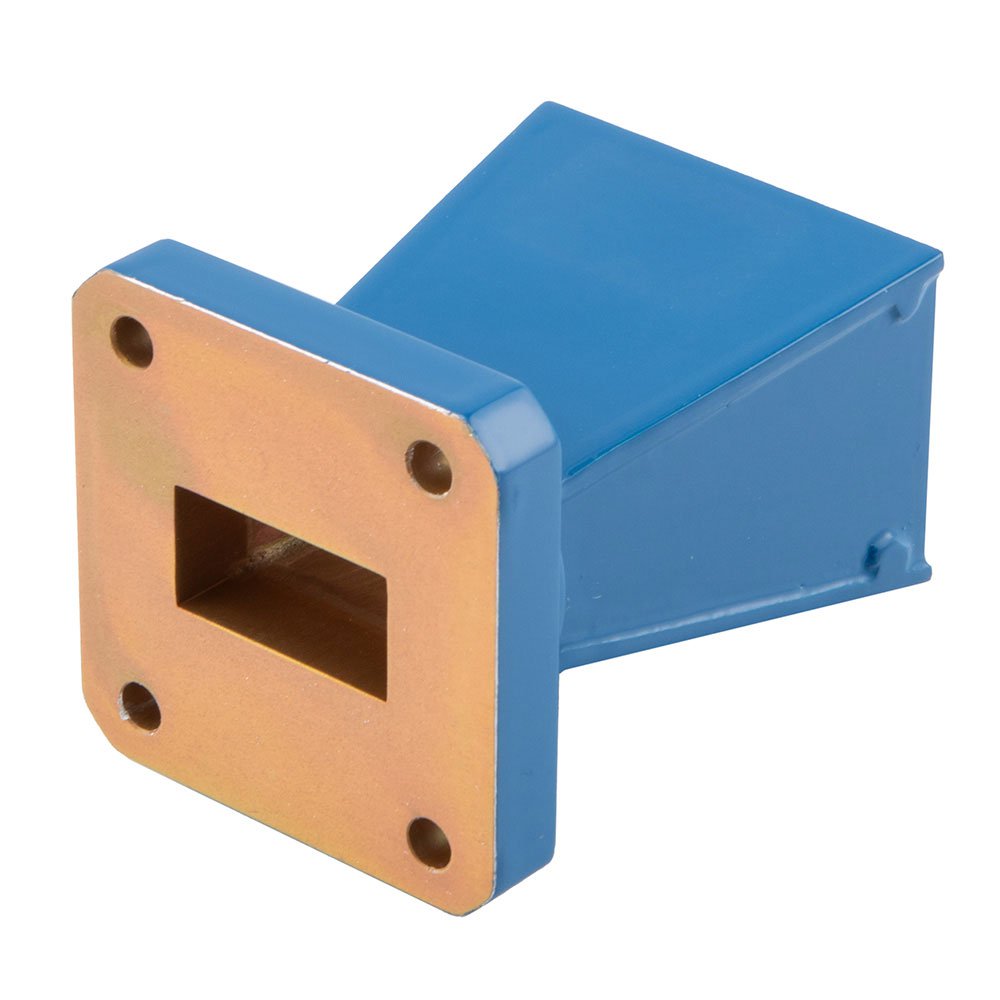RM765/R
MARKER MAGNETS 20MM RED PK10

FM51028
ANTENNA TYPE N JACK 902 MHZ-928

SD3481
DC BLOCK 2.4MM 100MHZ-50GHZ

SI1591
MATCHING PAD SMA PLUG-TYPE F JAC

FMBL1001
20 MHZ TO 520 MHZ BALUN AT 50 OH

FMTP1006
TAPPER 4.1/9.5 MINI DIN JACK 350

SA18N-20
FXD ATTN PLUG-JACK TYPE N SS 1.3


